
In an era where a man like Julian Assange can be mercilessly persecuted for just doing honest journalism, it takes a great deal of courage to expose the lies and misdeeds of America’s imperial ambitions. Yet they must be exposed and condemned for exactly what they have been and continue to be. No More War: How the West Violates International Law by Using ‘Humanitarian’ Intervention to Advance Economic and Strategic Interests is a book that goes the extra mile in doing just that.
As with all of his excellent books, Dan Kovalik has packed this readable and well-researched work with an abundance of invaluable information and insight into the imperial war machine, the imperial diplomatic and PR juggernaut, the extensive predatory machinations reducing the rest of the world to rubble so that America’s corporations and its ravenous banking system can subjugate and exploit their populations and extract their material wealth.
We citizens, under the spell of the Western propaganda machine, slog through the malaise of censored news, disinformation and deceptions with our eyes wide shut, preferring to avoid at all costs acknowledging the nefarious role our “exceptional” nation plays in perpetrating some of the most sordid war crimes in history, thereby propagating unfathomable misery across the planet.
Though we might prefer to immerse ourselves in the bliss of this willful ignorance, as the folks who fund such misadventures with our tax dollars, and who implicitly support it by raising no serious objections, much less mounting actual resistance, we are ourselves responsible. We are culpable. We share the guilt of those actively engineering and promoting this tsunami of death and destruction, a reign of terror inflicted on any nation who would dare stand in our path of full-spectrum dominance and self-serving plunder.
How is it “we the people” are rendered so indifferent to these acts of aggression?
Not an excuse, but an incriminating explanation, provides the required insight: We are told — and gullibly believe — that somehow this orgy of violence, the bloodbaths and rubble which result from our military interventions, are in pursuit of a better world, one where democracy and freedom and justice for all reigns supreme. That it is the U.S.’s responsibility to stand up for and protect the citizens of other nations who are being deprived of the rights and privileges due to all of us as humans.
But as Kovalik proves beyond any doubt, for seven decades, our wars of aggression and fostering regime change around the globe have had nothing to do with the tragically laughable “cover story” that the U.S. is spreading democracy and protecting human rights, but rather are the direct, predictable, and inevitable product of America’s obsessive fixation on world conquest and unchallengeable global domination.
No More War covers a lot of ground, looking in detail at Congo, Rwanda, Uganda, Afghanistan, Syria, Libya, Bolivia, Venezuela, Cuba, Nicaragua, the NATO aggression against former Yugoslavia, the Vietnam War. We see 1) how disruptive and counterproductive U.S. meddling in such countries is, 2) how such interference in the affairs of sovereign nations contravenes both currently accepted norms and international law, 3) how this abuse of military prowess is rapidly overextending U.S. projection of power, 4) how it is making America a pariah in the world community, and 5) how this will ultimately result in a major confrontation with countries like Russia and China, two nuclear-armed nations which genuinely have assumed the higher moral ground in the world of geopolitics. Dan Kovalik also eloquently exposes the profound hypocrisy of the U.S. claiming to be standing up for human and political rights in other countries, as it ignores and violates within its own borders many of those same rights for its own citizens.
No More War is a powerful, informative book. While the well-crafted prose reads comfortably, conferring it with NYT best seller potential, its erudition demands that it be taken seriously. This invaluable volume begs to be used as a textbook for university peace study courses. For we can’t very well chart the right course without fully understanding where we’ve gone wrong . . . so very very wrong.

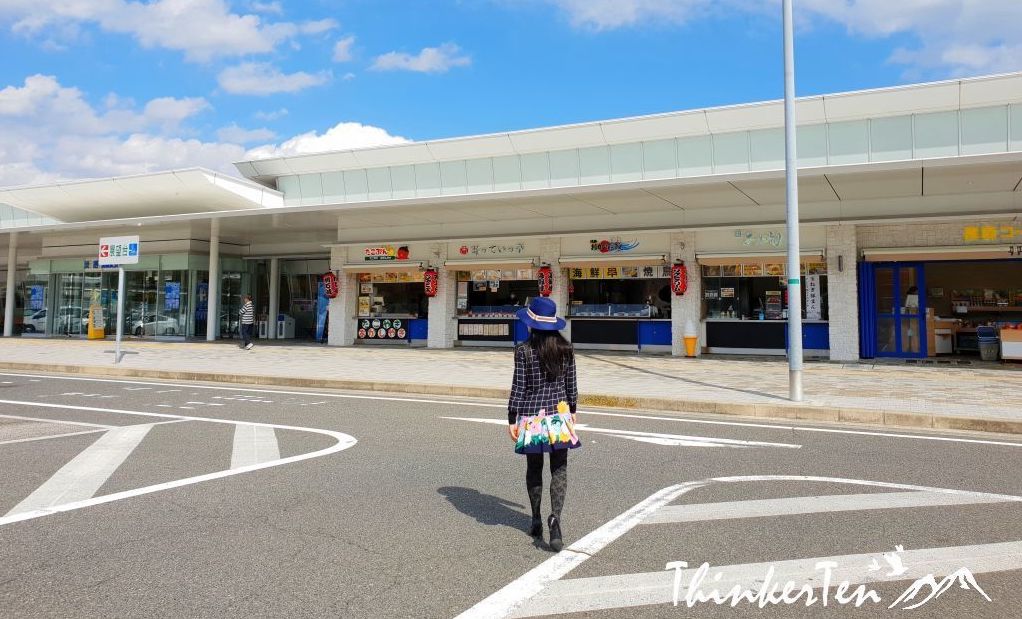
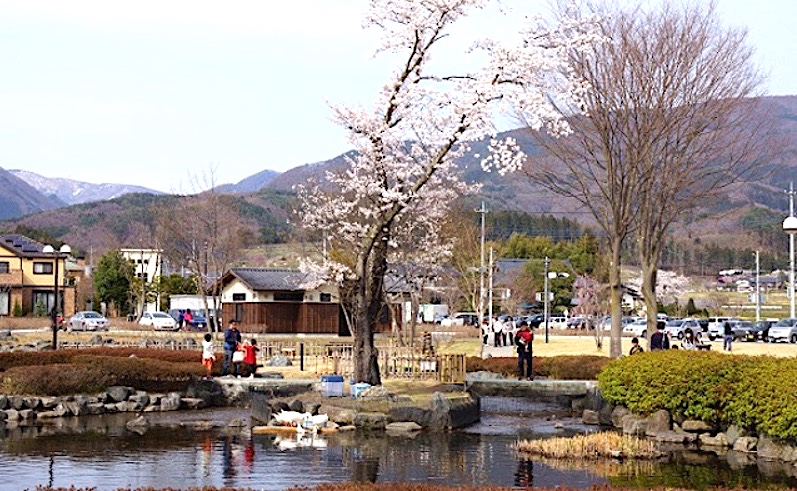
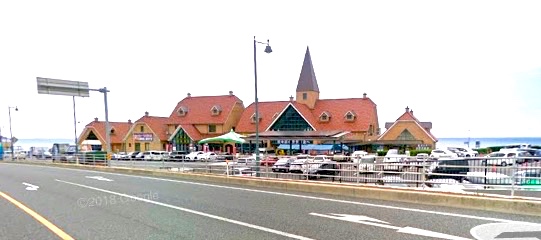

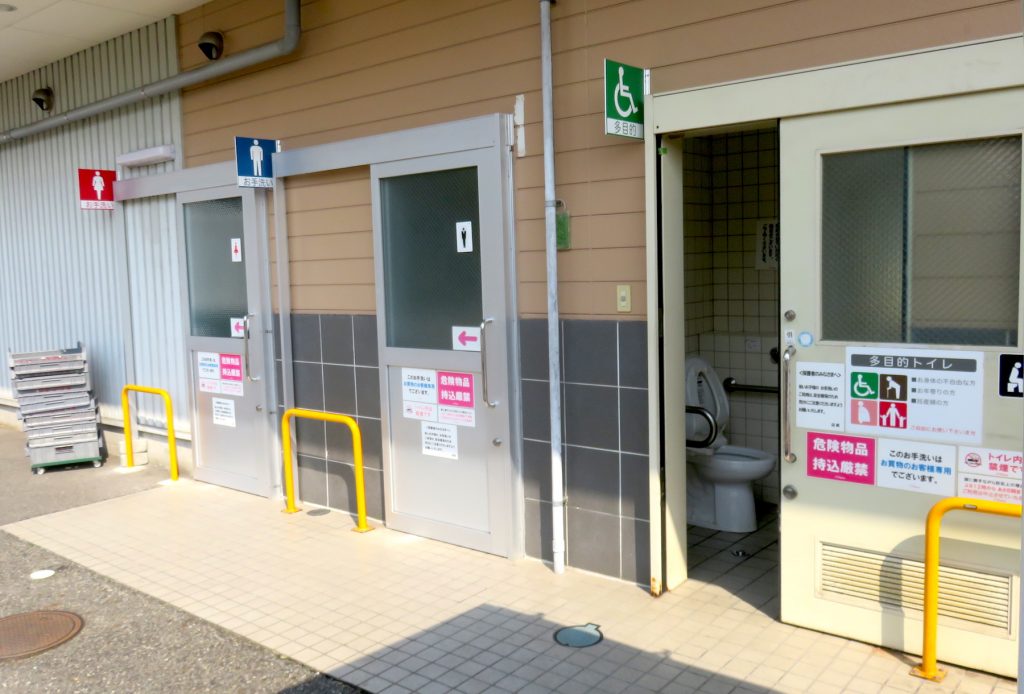
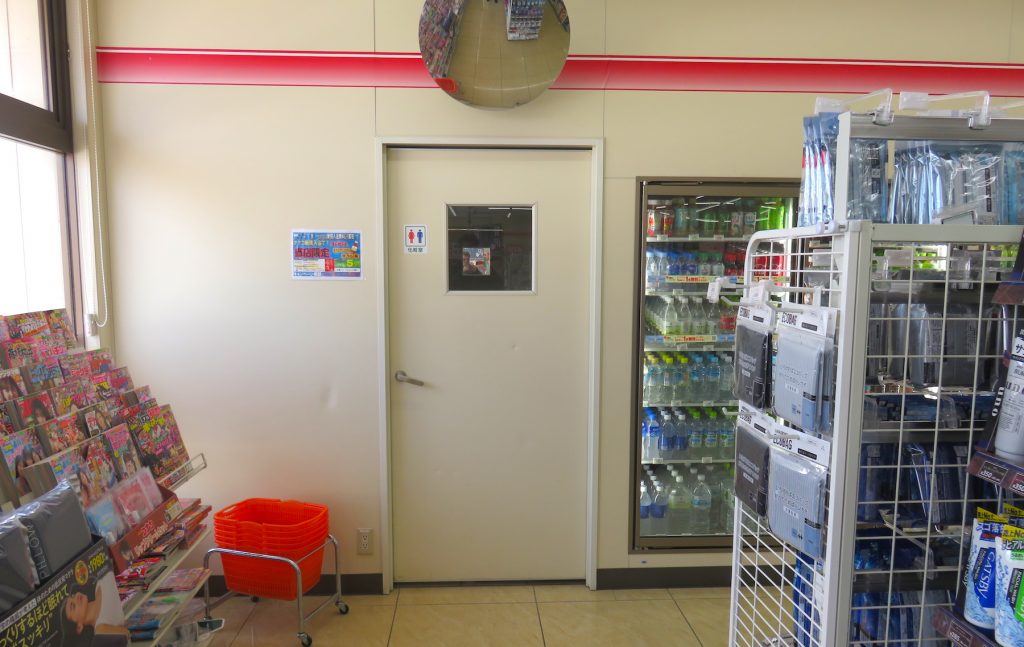
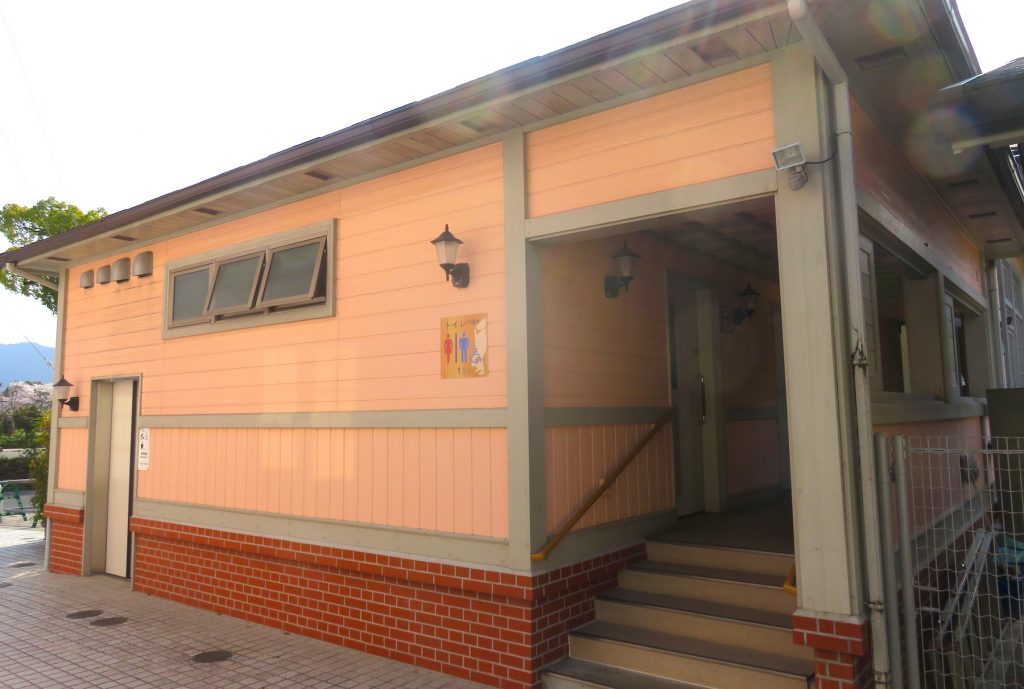
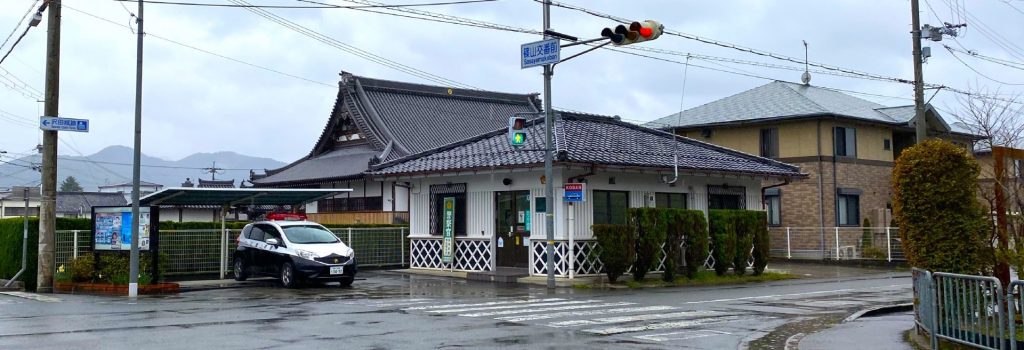
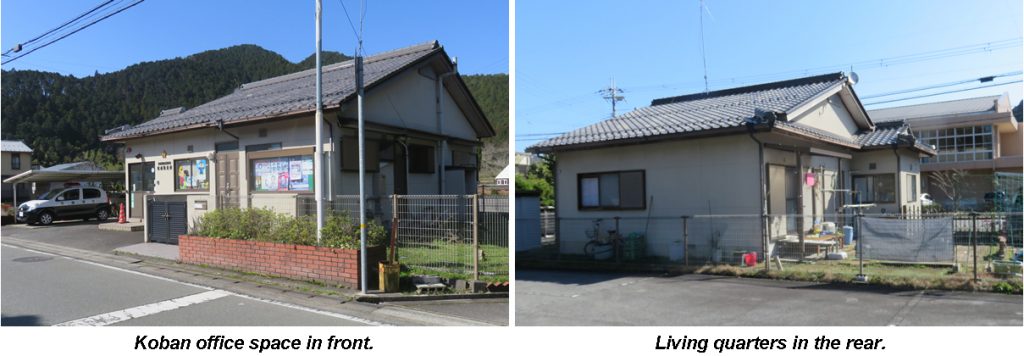
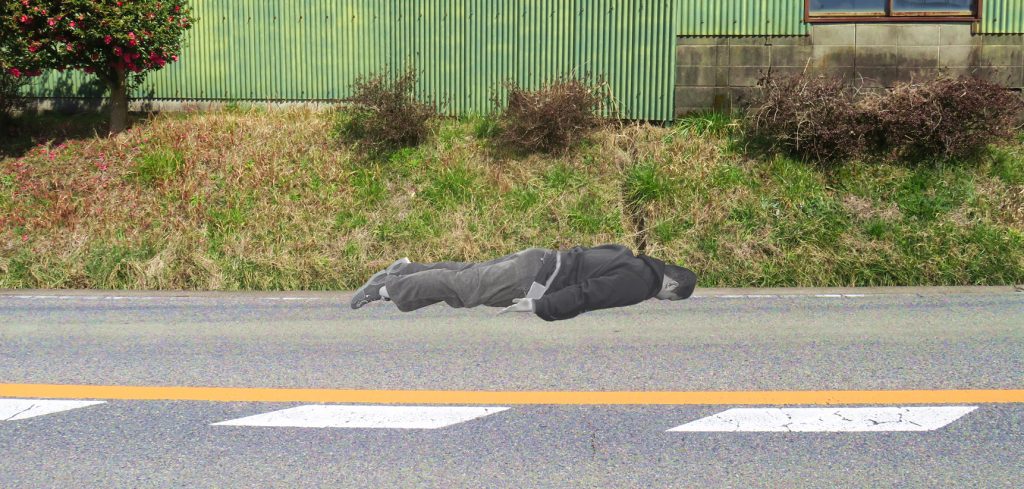
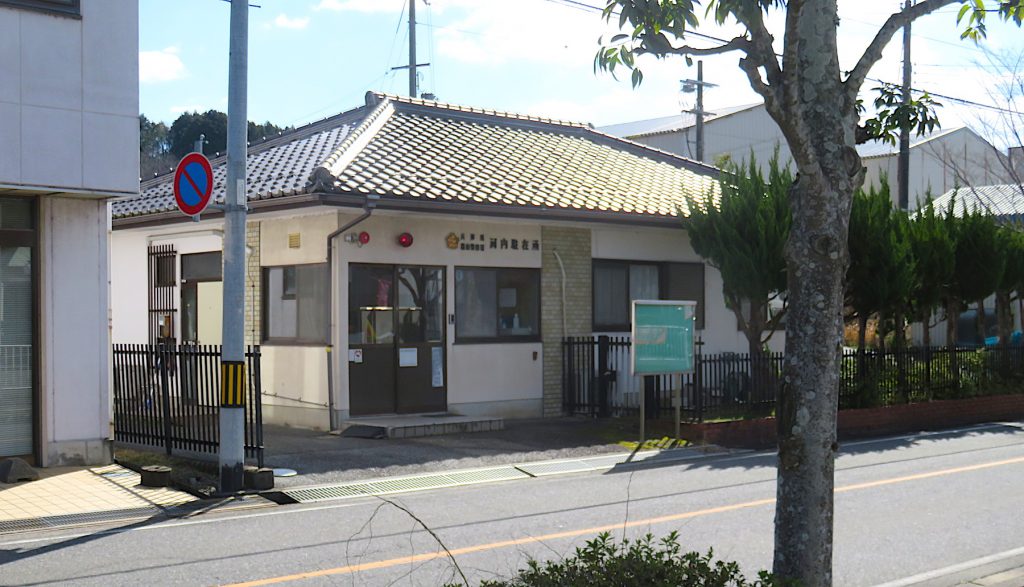
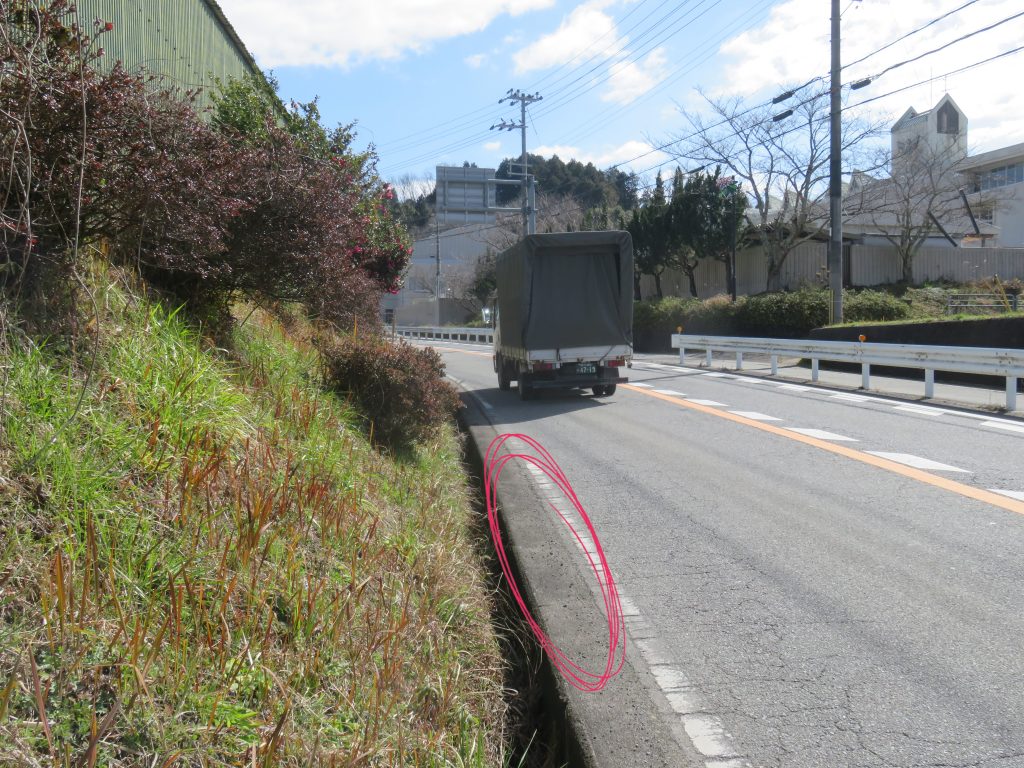
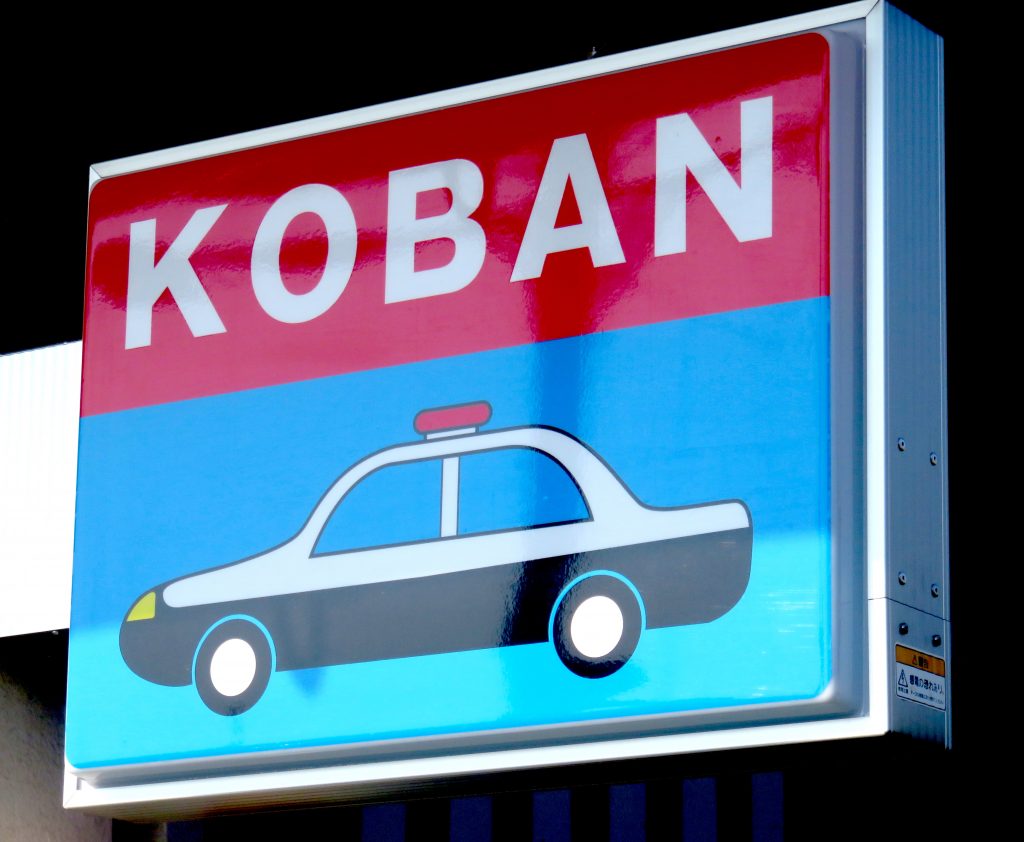
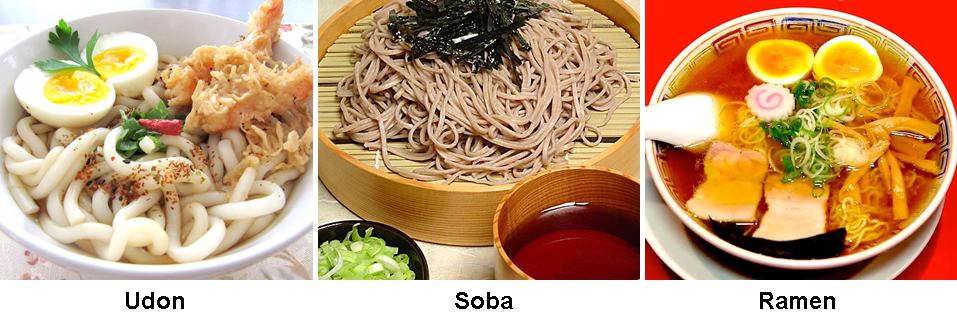




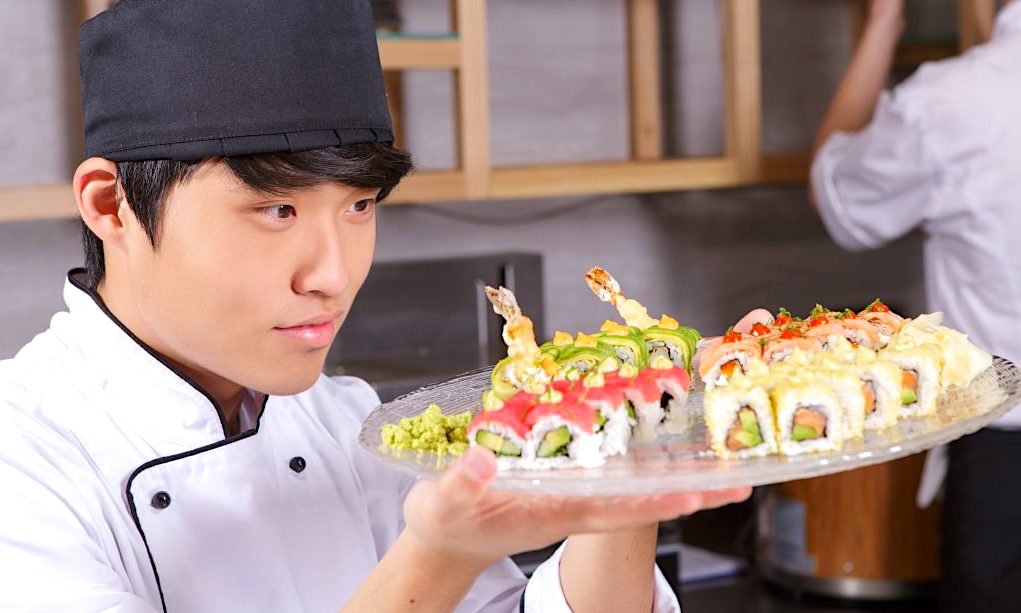
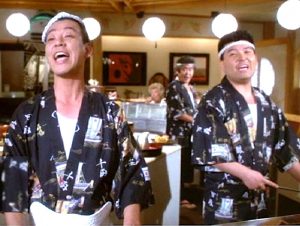

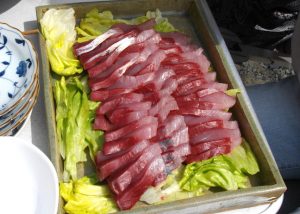
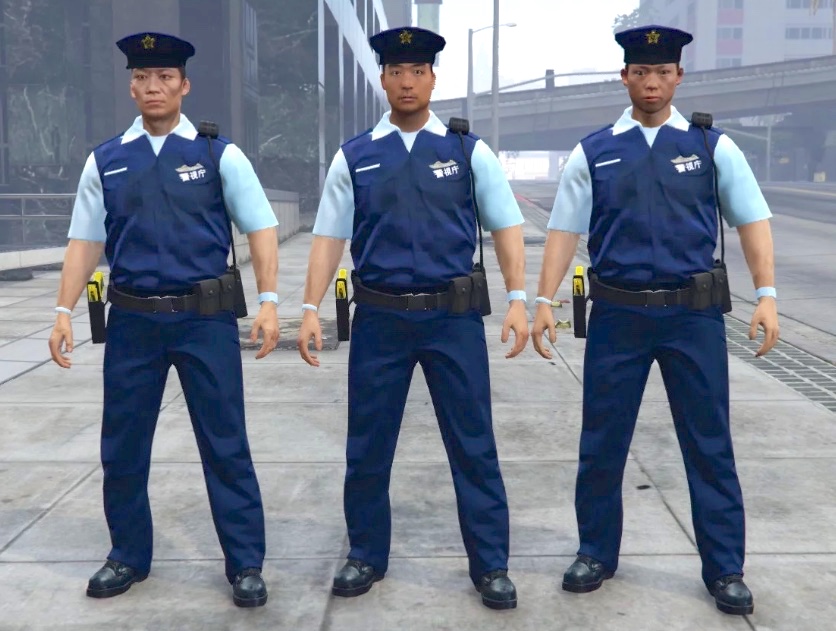


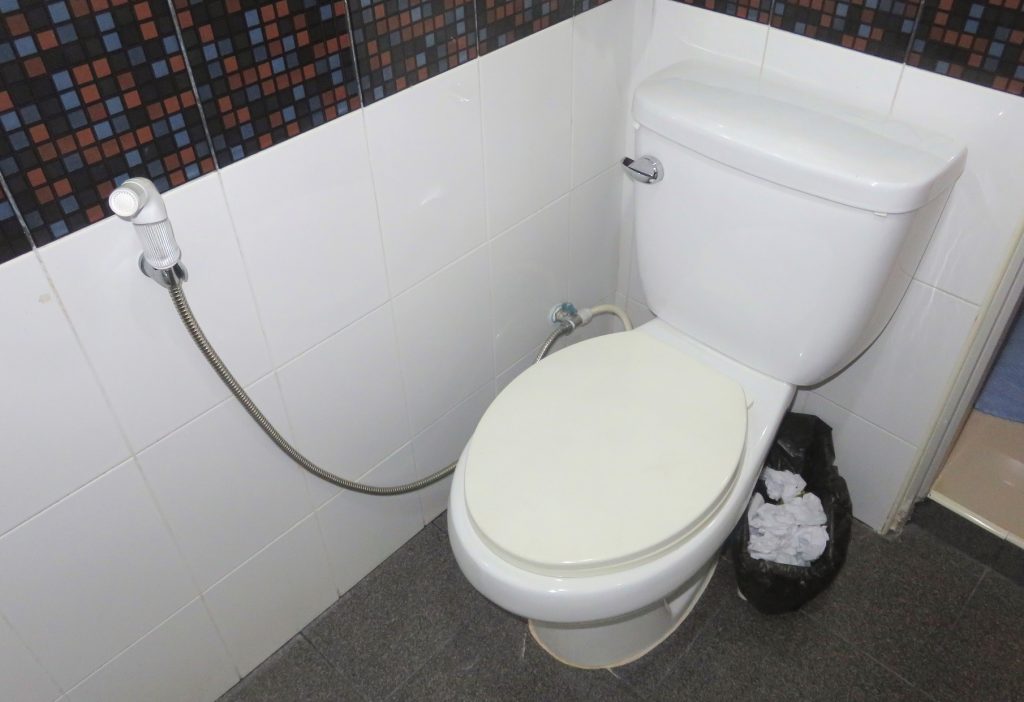


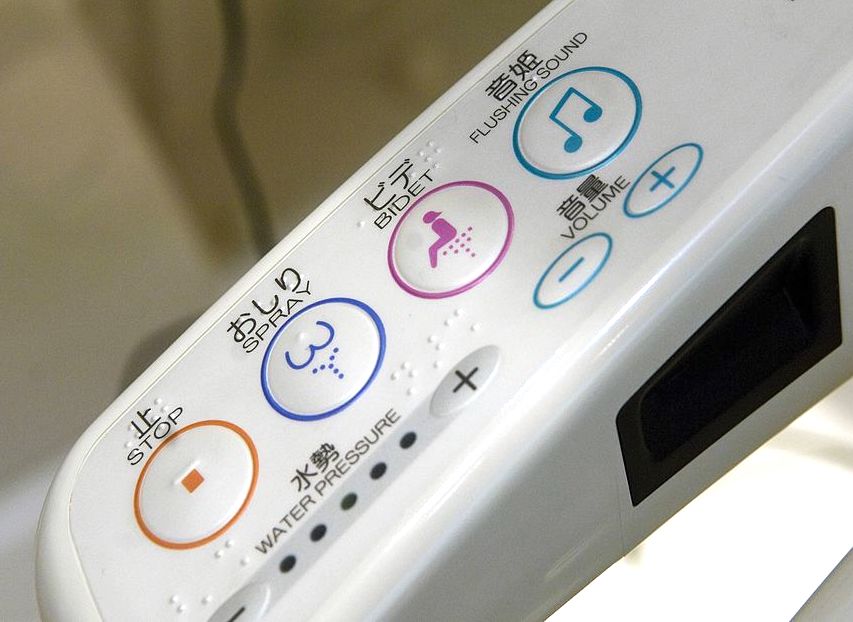




Life In Japan: The Telephone Booth
Probably anyone under 25 living in the U.S. will not know what that is in the photo above. Or maybe they saw one in an old movie. You know . . . old . . . like 1987.
It’s a telephone booth. Inside is a pay telephone. A person can put a coin or two in it and make a phone call. If they put a lot of coins in it, they can make a long distance call, maybe say ‘hi’ to their grandmother in Heidelberg or Guadalajara.
The one pictured is in a fairly rural area about five minutes by bicycle from my house. Mind you, I live on the very edge of town, surrounded by bean and rice fields. This road is even further out but has houses on both sides of it, a small cluster of residences, forming one of the several villages which are the “neighborhoods” of Tambasasayama City*. Each village usually has regular meetings, puts on social functions — barbecues, holiday celebrations, bingo parties, etc — gets together to clean up and maintain the grounds and properties of the village. Most have a community center for hosting monthly meetings and various social gatherings. Some, like the one where I live, called Noma Village, have their own Shinto shrine, a valued but mostly symbolic feature — nobody goes there on a regular basis to worship, as they might a church or synagogue in America — visited on certain special holidays, e.g. New Years.
Back to the phone booth. Why is it there?
Well . . . someone just might need to make a call. And maybe their iPhone battery is down. Or they dropped their Samsung in a toilet and it’s not so waterproof after all. It’s there on the off chance someone needs it. Does this seem odd?
Actually, it reflects a typically Japanese level of forethought and consideration. Respect for redundancy. A willingness to leave some things in place — just in case.
Here’s another example: Everywhere you find a school or public building, they have what’s pictured here on the walkways.
What are they? They’re for blind people. Now I’ve been coming and going for 13 years. I’ve been up and down these streets. And I can honestly say that in all that time, I’VE NEVER SEEN A BLIND PERSON in this town. So why do they have these? Well . . . ya never know. A blind person could show up one day. And the city doesn’t want to leave them stumbling around, wandering into the street, getting hit by cars or tractors or rice harvesters.
If the city council decided that there was some reasonable possibility that space aliens could visit our town, I have no doubt they’d designate parking places for their space ships and provide electrical outlets for them to recharge. That’s just the way they think here.
Tambasasayama is far from being a rich town. In fact, some would say it’s a dying town. There are hardly any young adults. Most kids bolt once they graduate from high school, first stop university, next a nice job in the city. Very few return. Not much going on here and unless you want to be a farmer, there aren’t really many jobs.
Yet, it seems they are constantly working on improving things. Paving the roads, installing new or fixing the old curbs. Here’s a bridge they painted a few years ago. I remember this well because I was so astonished at how much care they lavished on this particular bridge, a pedestrian/bicycle bridge which I use almost every day. When the tiniest, nearly invisible signs of rust appeared, they sanded it and put FIVE COATS OF PAINT ON IT! Five! Seven years later and it still looks perfect. It could probably take a direct hit by a MOAB and survive.
We have one street which is rich with tradition, sometimes referred to as ‘merchant street’. It has many traditional shops, vegetable stands, restaurants, art galleries, ceramics stores. It’s charming in every respect but one. The electrical lines.
They are now in the process of putting all of the power lines underground. Because most of the buildings have traditional architecture, when they’re done with this, this already charming street will look very much the way it did, say 200 years ago. There’s only one conclusion to be drawn seeing this sort of commitment of time, energy, and public funds to the town’s infrastructure: For the Japanese, aesthetics are an essential part of honoring history and community life.
Politicians in the U.S. are always bloviating about the need to repair the “infrastructure” there, which they all openly admit is crumbling, if not already in shambles. Then there will be another tax cut for the rich or another war or pandemic . . . or [ fill in the blank since any excuse will do ] . . . and nothing ever gets done.
Well, building and maintaining infrastructure to keep Tambasasayama safe and operable is not just a campaign slogan or bumper sticker here. It’s an integral part of daily life. We all do a little. But the government itself does the real heavy lifting.
To put it mildly, I’m awed.
One last note. Proof that the telephone booth at the beginning is not just a fluke, here is a photo I took less than 100 meters (300 feet) away, even closer to my house. Frankly, I had never noticed it before. Yes, it’s yet another phone booth, this one sitting adjacent to a truly funky old bus stop shelter. While you’re waiting for the bus, you can call your grandmother in Heidelberg or Guadalajara. How convenient!
* Note that in May 2020 the town officially changed its name from Sasayama — the name that appears in most of the articles in this series — to Tambasasayama.